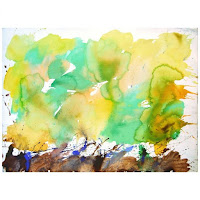The World of Stonehenge: Curator's Talk

Excellent online lecture from the British Museum introducing their current exhibition on Stonehenge. The curator of the show, Neil Wilkin, guided us clearly through the thinking behind it and the reasons for picking particular objects and for the layout. He took each section of the show and talked about what it covered and highlighted some of the pieces. I’d already been to the show twice when I listened to this talk and yet I learnt a lot and want to go again! I’d not realised that each section had an object from Stonehenge itself as the focus then used other works to put it into context. I’d also now noticed that all the stone axes in an early section were made from stone from the northern Alps and brought to Britain despite Britain having suitable stone probably because of its emotional resonance. If you can’t get to the show watch this, it’s available on YouTube, as it gives a good flavour of the show and you get a real sense of the curators enthusiasm for the subject.















